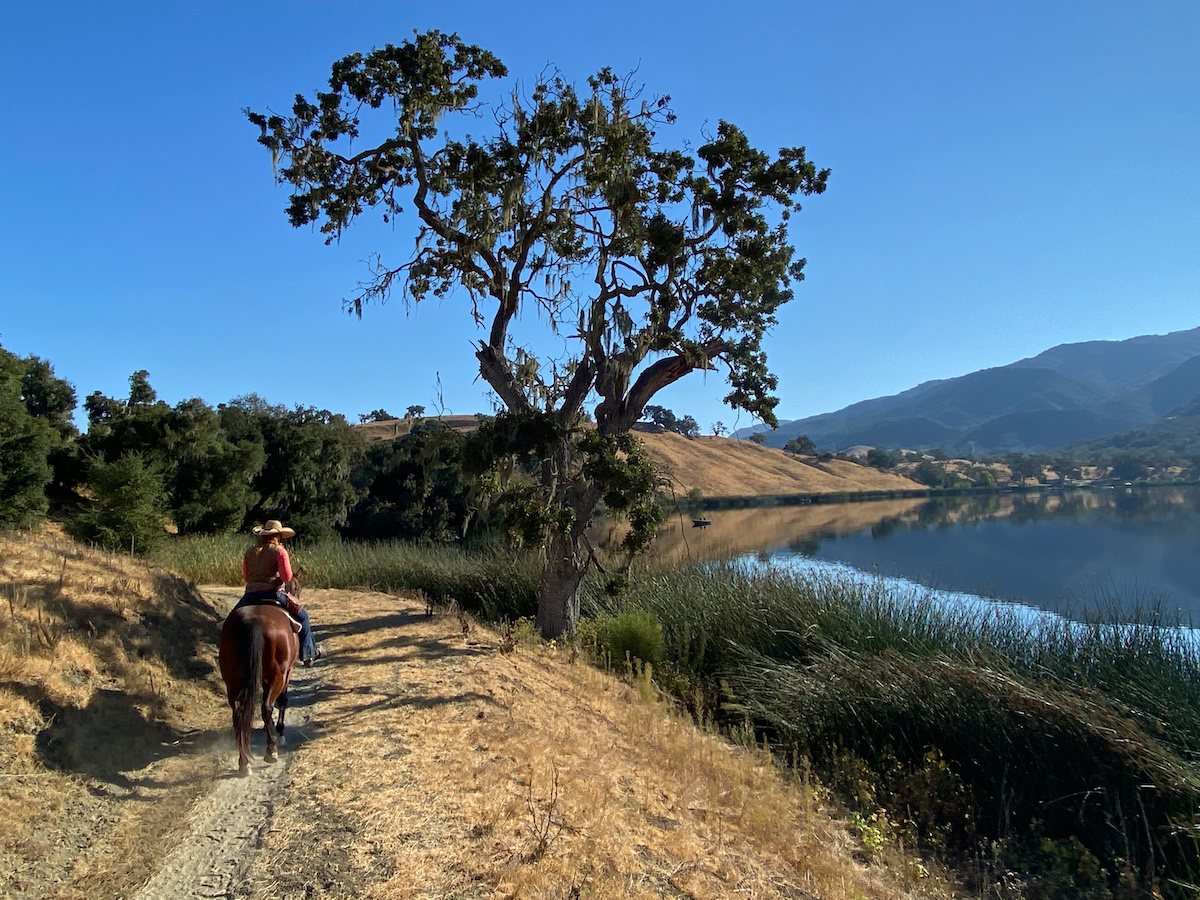Santa Barbara to Study Expanding Recreation Facilities
Supervisors Approve $500K for a Master Plan

In what might be a major shot in the arm to Santa Barbara’s nascent agritourism industry — from fields to bedsheets — the county supervisors agreed to spend nearly half a million dollars of one-time cannabis revenues on a new countywide recreational master plan — sprawling, creative, and, yes, as was mentioned several times, “unprecedented.”
Doing the heavy lifting to get the proposal this far was 3rd District Supervisor Joan Hartmann, an avid equestrian with a passionate sense of the possible when it comes to enticing ranchers, farmers, and private property owners to help create new public recreational spaces. But based on the public response from several key stakeholders, not to mention her fellow supervisors, Hartmann might have considerably more heavy lifting to do.
Santa Barbara’s key recreational planning and zoning documents were last modified 42 years ago — in 1980. A lot’s changed in that time; the county’s inventory of park space — regional parks and neighborhood parks — is reportedly lagging well behind the national average. Nationally, there are 10.6 acres of park land per every 1,000 people. In Santa Barbara County, the number is 4.7 acres.
A survey completed by about 5,000 residents at one of 28 pop-up events and 12 workshops showed that half of respondents said they “recreated” several times a week, while 36 percent said they did so every day and only 3 percent said they never did. They wanted more facilities for more sports, from pools to trails for hiking and riding horses.
To get farmers, ranchers, and developers to open up their vast private properties to create new public recreational spaces, Hartmann is pushing for a new bag of zoning and planning tricks to provide them the necessary incentives. By allowing farmers, ranchers, and vintners the option of ancillary developments involving agricultural tourism — such as high-end glamping — they might be inclined to provide public trail easements to enlarge the county’s sprawling network of trails. Especially if the land-use permits they had to obtain were less onerous.
Sign up for Indy Today to receive fresh news from Independent.com, in your inbox, every morning.
The same land-use consultants who conducted the Environmental Impact Report (EIR) for cannabis — Wood Environmental & Infrastructure Solutions — are the ones working on the Recreational Master Plan. The most enthusiastic support for the new master plan came from vintners and their representatives. With the right planning changes, they said, Santa Barbara could compete with places like Paso Robles, Napa, and Temecula for the bed tax revenues that come from agritourism. The point, Supervisor Hartmann explained, is to draw visitors for multiple day trips. “There’s only so much wine you can drink,” she noted. They need other things to do.
This idea gained congenial — if hesitant — traction from Supervisor Steve Lavagnino, who said he’d support anything that got kids off their screens and out of their homes. “They need a place to go,” he said. Still, he noted, he saw red flags waving. “This is kind of your baby,” he said to Hartmann. “Kudos for getting it this far.” Claire Wineman, head of the Grower-Shipper Association, was less oblique. “What’s a great fit for Santa Ynez might be a disaster for Santa Maria,” she said.
Perhaps the most vehement criticism came from members of the equestrian community. Renowned tattoo artist Pat Fish, who explained she rode her mule regularly on the Live Oak Camp grounds, described the idea of allowing bike riders on the same trails as “ill-conceived and dangerous.” Sheila Benedict said her $30,000 colt was seriously injured when “someone on a cycle blew their horn” and her horse got spooked. “You can’t mix horses, hikers, and cyclists on the same trail,” she proclaimed. “It’s a recipe for disaster.”
Kyle Richards, councilmember for the City of Goleta, saw the possibilities in the master plan, not the pitfalls. He said it might help pave the way to create a path linking the coast of Goleta with Los Padres Forest. Ultimately, the supervisors voted unanimously to approve spending an additional $490,000 on a supplemental planning effort that’s already cost the county $170,000. Of that, $40,000 would go to pay for outreach efforts targeting underserved and disadvantaged communities. If all goes as scheduled, the planning effort would be complete by early 2023. As Hartmann noted, “This has never been done before in other counties.”
Support the Santa Barbara Independent through a long-term or a single contribution.



